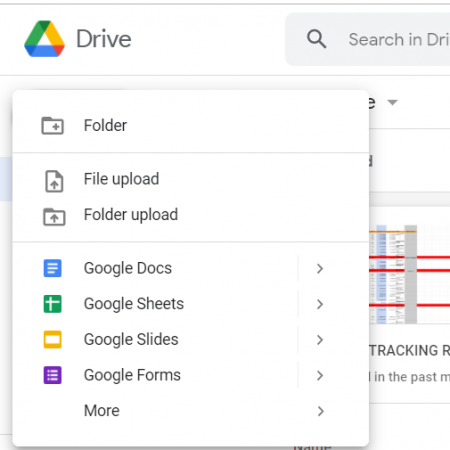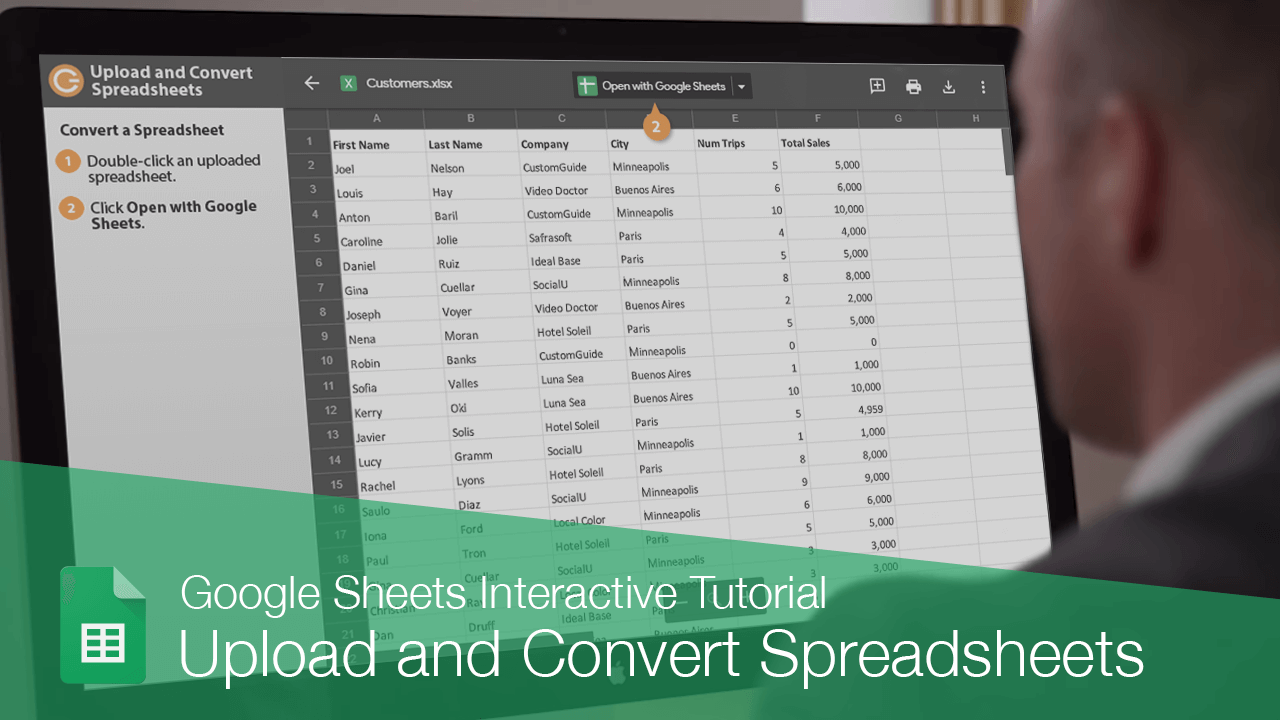Transfer Excel Data to Google Sheets Easily

In today's digital age, where collaboration and data accessibility are paramount, many businesses and individuals find the need to shift from Microsoft Excel to Google Sheets. This transition not only offers the benefit of real-time collaboration but also ensures data is accessible from anywhere with an internet connection. In this comprehensive guide, we will delve into how you can transfer Excel data to Google Sheets seamlessly and ensure a smooth data migration.
Why Transfer Excel Data to Google Sheets?

Before we jump into the how-to, understanding the 'why' can give you the motivation to proceed with this switch:
- Real-Time Collaboration: Google Sheets allows multiple users to work on the same document simultaneously, with changes syncing in real-time.
- Cloud Storage: No need to worry about losing data due to hardware failure; Google Cloud ensures your data is backed up and accessible anywhere.
- Version History: Easily revert to previous versions of your document, keeping a complete history of changes.
- Integration: Sheets integrates effortlessly with other Google services like Docs, Gmail, and Forms, enhancing productivity.
- Free Access: Google Sheets is part of Google's suite of tools, which means you can access many functionalities for free, unlike some features in Excel that require subscription.
Step-by-Step Guide: Transferring Excel Data to Google Sheets

1. Preparing Your Excel File

- Open your Excel file.
- Ensure there are no complex macros or features that might not transfer easily to Google Sheets.
2. Uploading to Google Drive

- Navigate to Google Drive and log in with your Google account.
- Click the ‘New’ button on the left side, then select ‘File upload’.
- Choose your Excel file from your computer and upload it.
3. Converting Excel to Google Sheets

- After the upload, the file will appear in your Google Drive.
- Right-click on the file and select ‘Open with’ > ‘Google Sheets’. This action will create a new Google Sheets document.
4. Reviewing the Conversion

- Open the newly created Google Sheets document.
- Check for any formatting issues, missing data, or incorrect calculations.
- Correct any discrepancies you find.
5. Syncing and Sharing

- If you need to keep both documents in sync, you can use Google Drive Sync to ensure any changes made in one file are reflected in the other.
- To share, click the ‘Share’ button at the top right of the Google Sheets document and invite collaborators via their email or shareable link.
Notes on Converting Complex Excel Files

- Complex macros, pivot tables, and certain advanced functions may not convert perfectly to Google Sheets. You might need to recreate these manually or find Google Sheets equivalents.
- Charts and graphs might not maintain their exact formatting, so consider editing them after the transfer.
🧠 Note: For files with VBA (Visual Basic for Applications) scripts, consider using Google Apps Script to recreate functionality in Google Sheets.
📝 Note: Always save your original Excel file before conversion to avoid data loss.
🔌 Note: If you're dealing with large datasets, the transfer might take some time, so plan your conversion accordingly.
In summary, transitioning from Excel to Google Sheets not only opens up a plethora of collaboration options but also ensures your data is stored in the cloud, reducing the risk of data loss and enhancing accessibility. With the steps outlined above, you can confidently manage this shift, ensuring all your data integrity and functionality are maintained during the process. This migration can streamline your workflow, foster teamwork, and take advantage of Google's cloud technology.
Can I Transfer Macros from Excel to Google Sheets?

+
No, you cannot directly transfer macros. However, you can recreate similar functionality using Google Apps Script.
What happens to my Excel file after conversion?

+
Your original Excel file remains unchanged in Google Drive. A new Google Sheets document is created from the Excel file.
How do I maintain data integrity during transfer?

+
Review the converted document for any discrepancies. Save a backup of your original Excel file, and ensure any Excel-specific features are manually recreated or adjusted in Google Sheets.
Can I automate this transfer process?

+
Yes, with Google Apps Script, you can create scripts to automate parts of the transfer process or to synchronize data between Excel and Google Sheets.